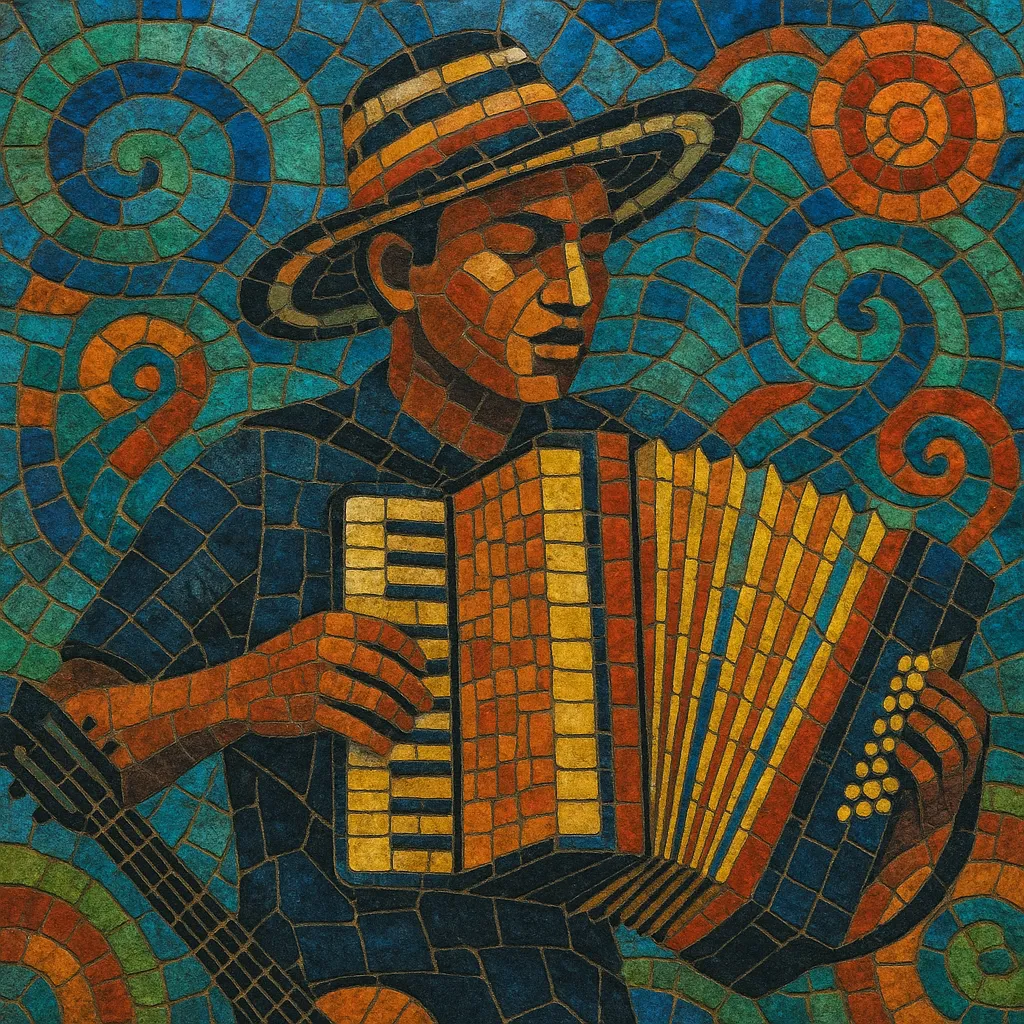Digital cumbia (often called nu cumbia) is a contemporary, electronically produced reinterpretation of traditional cumbia from Colombia and its many regional offshoots across Latin America.
Producers sample or re-record classic cumbia elements—guacharaca scrapes, accordion riffs, woodwinds, and tumbao-style basslines—and set them against modern electronic frameworks such as downtempo, house, hip hop, dub, and dancehall. The result is a mid‑tempo, bass-forward sound (typically around 85–110 BPM) that balances folkloric groove with club-ready synthesis, creative sampling, and spacious dub effects.
The scene first cohered in Buenos Aires club nights and netlabels before spreading across Latin America and diasporic hubs, becoming a key pillar of the broader “global bass” movement. Its aesthetics often embrace psychedelic textures, Andean timbres, and sound design techniques that feel both earthy and futuristic.
Digital cumbia emerged in the mid-to-late 2000s as DJs and producers began fusing classic Colombian cumbia and its Latin American variants with electronic production. Netlabels and blogs enabled rapid exchange of edits and remixes, with Buenos Aires becoming a hotbed through parties like Zizek Club and the launch of ZZK Records. Artists such as Chancha Vía Circuito, El Remolón, Frikstailers, and King Coya helped define a sound that honored folkloric roots while embracing sampling, sequencing, and dub-style mixing.
Concurrently, Mexico, Colombia, and Peru developed distinct takes. In Mexico, producers connected cumbia to hip hop, dancehall, and club rhythms; in Colombia, groups like Bomba Estéreo and Systema Solar foregrounded Afro-Caribbean percussion and Caribbean coastal influences; in Peru, Dengue Dengue Dengue brought psychedelic visuals and polyrhythmic, bass-heavy sound design informed by chicha/psychedelic cumbia.
Through festivals, international touring, and tastemaking labels, digital cumbia traveled to Europe and North America, where DJs and producers integrated it into “global bass” and folktronica circuits. The style’s mid‑tempo bounce and organic textures proved adaptable to a wide range of club contexts. Cross-pollination with downtempo, tropical bass, and future-facing electronica broadened the palette, while artists increasingly incorporated Andean flutes, marimba, and traditional hand percussion alongside synthesis and field recordings.
Digital cumbia remains a fluid ecosystem spanning live bands, studio projects, and DJ-driven edits. Many artists collaborate with traditional musicians, preserving intergenerational knowledge while updating production aesthetics. The genre continues to evolve through regional scenes—Buenos Aires, Bogotá, Lima, Mexico City—and diasporic hubs in the U.S. and Europe, where it informs contemporary Latin electronic music and community-centered dance culture.


